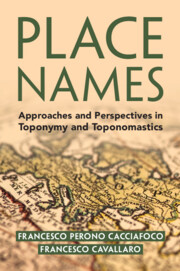This paper reconsiders the passage in Maxims I in which Woden is said to have constructed wēos, a word that can be understood to mean “idols” or “pagan shrines.” It compares the passage to various euhemeristic narratives concerning Woden (or Óðinn) preserved by authors such as Ælfric, Æthelweard, Saxo Grammaticus, and Snorri Sturluson, and it argues that the Maxims I passage has more in common with ideas expressed in the later Scandinavian sources than in the earlier homiletic or insular historiographical sources. This exercise in comparative euhemerism suggests that the Woden passage in Maxims I is indebted to a narrative that resembled either the story of Óðinn's misadventure with an idol (preserved in Gesta Danorum) or the story of Óðinn as the builder of temples and founder of pagan religion (preserved in Ynglinga saga). In either case, it appears that a euhemeristic narrative of the sort preserved by Snorri and Saxo circulated centuries earlier in England. Toponymic evidence lends support to this conclusion, as place-names such as Wōdnes dīc and Grīmes dīc bear witness to the early circulation of otherwise unrecorded ideas about Woden as a supernatural builder. Finally, the presence of the Woden passage in Maxims I is viewed as a manifestation of the poem's indebtedness to the tradition of the wisdom contest, a genre associated with Óðinn in Old Norse sapiential literature.
